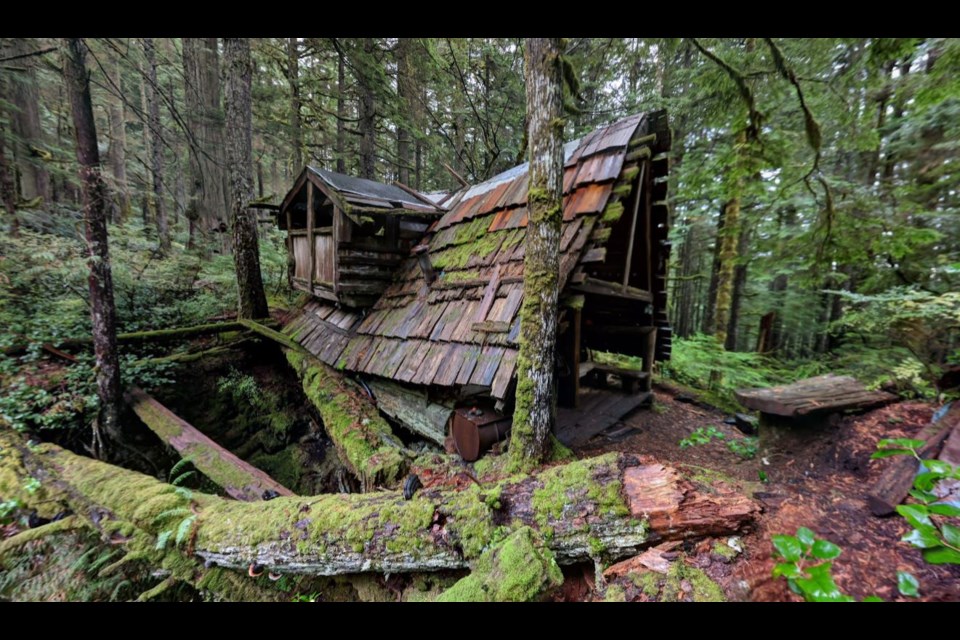As they sift through piles of ash and charred debris, investigators are looking at an unauthorized structure as the potential source of a wildfire that burned out a section of the Lower Seymour Conservation Reserve last week.
At the heart of the 3,000-square-foot area are the scorched remains of an unsanctioned hut.
As the blaze was declared under control over the weekend, investigators were on site Tuesday, said Brant Arnold-Smith, program manager of security and emergency preparedness with Metro Vancouver
“Our fire investigators are looking [to see] if it was the root cause of the fire or if it was caused by lightning. That's still to be determined,” he said, adding that Metro has been aware of the structure for the past few months and had plans to dismantle it. "There's not supposed to be any structures erected in that area."
But the work to remove such a structure during the driest months of the year can also pose fire risks, he said. “Unfortunately, by the time that we learned about it, we were in fire season, so we didn’t want to take that risk.”
Arnold-Smith said crew members haven’t yet seen any noteworthy items at the site to suggest the blaze started there.
“We haven't seen evidence of stoves or propane tanks or other ignition sources,” he said. “We're still looking into the root cause. There's nothing to indicate that anyone had been [at the hut] recently.”
To identify the cause, the investigator will be looking at burn patterns, other physical evidence on site, weather history, witness statements and other factors.
As crews continue to do patrols in the area, they weren't finding any more hotspots by the time the investigation got underway.
“We're hoping to move this fire to the classification out in the coming days, possibly by Thursday,” Arnold-Smith said.
On a broader scale, this year’s wildfire season is the most destructive on record in terms of area burned since 1950. As of now, more than 13,933 square kilometres have burned, compared to the previous worst year in 2018 with 13,543 square kilometres. The danger of work to put them out has been highlighted recently as well, with the death of a 19-year-old BC Wildfire Service crew member fighting a blaze near Revelstoke last week, and another firefighter dying in the Northwest Territories on Saturday.
News of those deaths have affected local crews, who have seen more fire starts than normal as well. “It’s probably a record-setting year for our crews’ deployment,” Arnold-Smith said.




